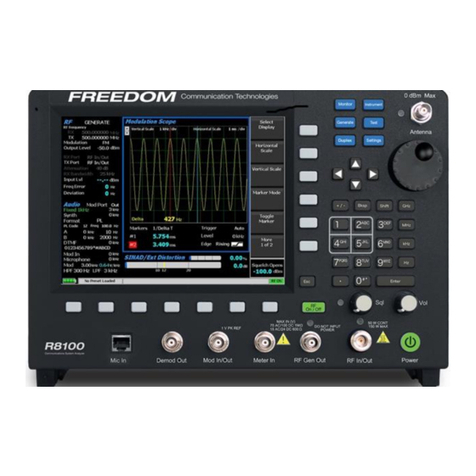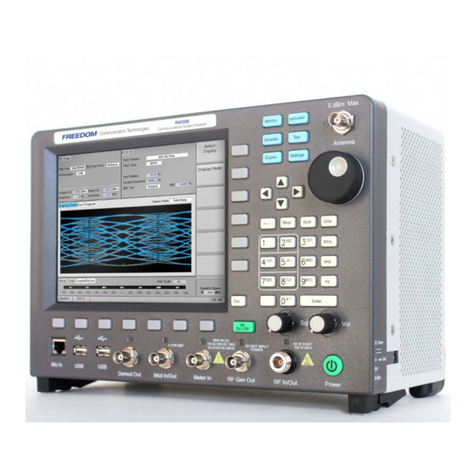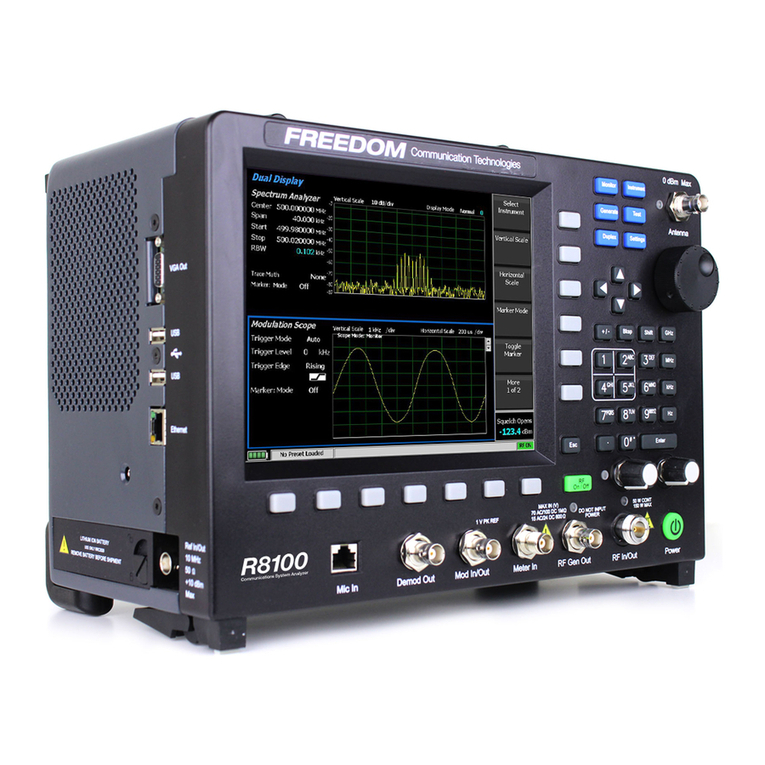
AutoTune™ User Guide
LIST OF TABLES
Table 4-1. Analyzer Configuration for Reference Frequency................................4
Table 4-2. Reference Frequency alignment results ..............................................4
Table 4-3. Reference Frequency test results........................................................5
Table 4-4. Analyzer Configuration for TX Power Out............................................6
Table 4-5. Power Detection Calibration alignment results ....................................6
Table 4-6. TX Power Out alignment results..........................................................6
Table 4-7. TX Power Out test results....................................................................7
Table 4-8. Analyzer Configuration for Deviation Balance test, alignment .............8
Table 4-9. Deviation Balance alignment results....................................................8
Table 4-10. Deviation Balance test results............................................................8
Table 4-11. Analyzer Configuration for Deviation Limit.........................................9
Table 4-12. Deviation Limit alignment results .......................................................9
Table 4-13. Deviation Limit test results.................................................................9
Table 4-14. Analyzer Configuration for Distortion Test .......................................10
Table 4-15. Distortion test results .......................................................................10
Table 4-16. Analyzer Configuration for Sensitivity (SINAD) test .........................11
Table 4-17. Sensitivity (SINAD) test results........................................................11
Table 4-18. Analyzer Configuration for Noise Squelch Threshold test................12
Table 4-19. Noise Squelch Threshold test results ..............................................12
Table 4-20. Analyzer Configuration for P25 Tx Tests .........................................13
Table 4-21. P25 Modulation Fidelity test results .................................................13
Table 4-21. P25 Symbol Deviation test results ...................................................13
Table 4-20. Analyzer Configuration for Digital Sensitivity (BER) test..................14
Table 4-21. Digital Sensitivity (BER) test results.................................................14
Table 4-22. Analyzer Configuration for Ext Mic Voice Modulation test................15
Table 4-23. Ext Mic Voice Modulation test results ..............................................15
Table 6-1. Analyzer Configuration for Reference Frequency..............................18
Table 6-2. Reference Frequency alignment results ............................................18
Table 6-3. Reference Frequency test results......................................................19
Table 6-4. Analyzer Configuration for TX Power Out..........................................20
Table 6-5. TX Power Out alignment results........................................................20
Table 6-6. TX Power Out test results..................................................................20
Table 6-7. Analyzer Configuration for Deviation Balance test, alignment ...........21
Table 6-8. Deviation Balance alignment results..................................................21
Table 6-9. Deviation Balance test results............................................................21
Table 6-10. Analyzer Configuration for Deviation Limit.......................................22
Table 6-11. Deviation Limit alignment results .....................................................22
Table 6-12. Deviation Limit test results...............................................................22
Table 6-13. Analyzer Configuration for Distortion Test .......................................23
Table 6-14. Distortion test results .......................................................................23
Table 6-15. Analyzer Configuration for Sensitivity (SINAD) test .........................24
Table 6-16. Sensitivity (SINAD) test results........................................................24
Table 6-17. Analyzer Configuration for Noise Squelch Threshold test................25
Table 6-18. Noise Squelch Threshold test results ..............................................25
































